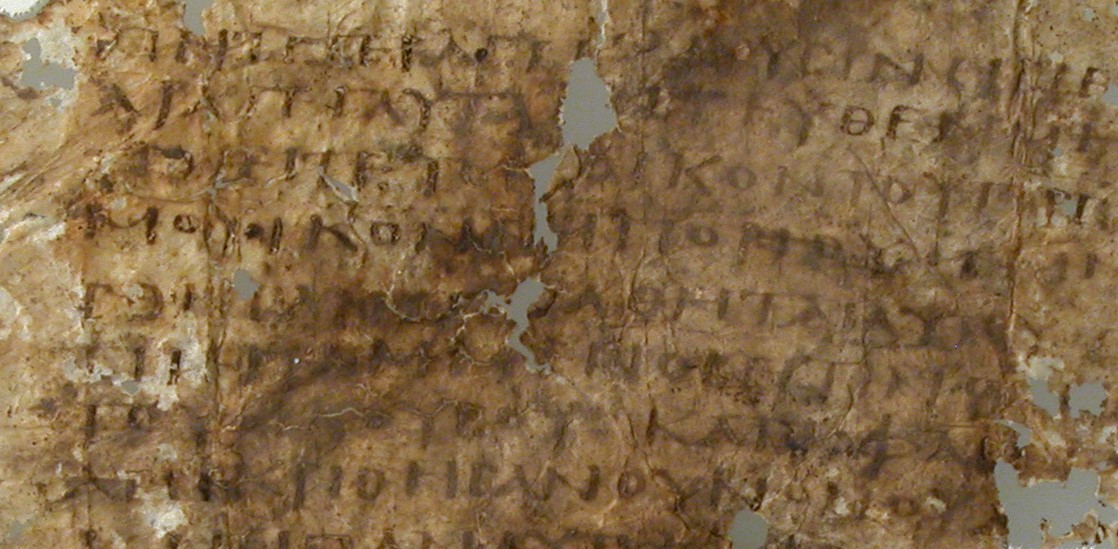Exciting news from Daniel Wallace, the textual critic who founded The Center for the Study of New Testament Manuscripts:
On 1 February 2012, I debated Bart Ehrman at UNC Chapel Hill on whether we have the wording of the original New Testament today…. I mentioned that seven New Testament papyri had recently been discovered—six of them probably from the second century and one of them probably from the first. These fragments will be published in about a year.
These fragments now increase our holdings as follows: we have as many as eighteen New Testament manuscripts from the second century and one from the first. Altogether, more than 43% of all New Testament verses are found in these manuscripts. But the most interesting thing is the first-century fragment.
It was dated by one of the world’s leading paleographers. He said he was ‘certain’ that it was from the first century. If this is true, it would be the oldest fragment of the New Testament known to exist. Up until now, no one has discovered any first-century manuscripts of the New Testament. The oldest manuscript of the New Testament has been P52, a small fragment from John’s Gospel, dated to the first half of the second century. It was discovered in 1934.
Not only this, but the first-century fragment is from Mark’s Gospel. Before the discovery of this fragment, the oldest manuscript that had Mark in it was P45, from the early third century (c. AD 200–250). This new fragment would predate that by 100 to 150 years….
[I]f this Mark fragment is confirmed as from the first century, what a thrill it will be to have a manuscript that is dated within the lifetime of many of the eyewitnesses to Jesus’ resurrection!
To learn more about textual criticism and the reliability of the Bible, you can listen to this recent lecture by Daniel Wallace: “Is What We Have Now What They Wrote Then?”

